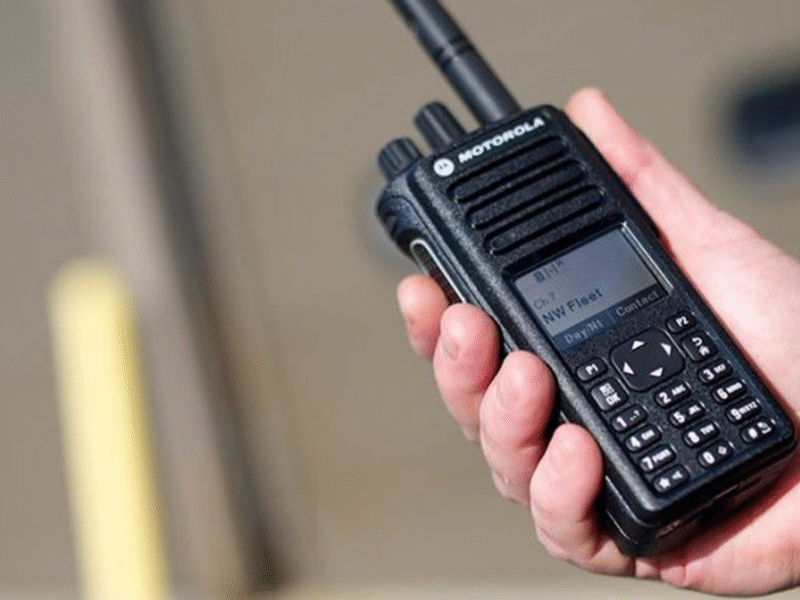Every business owner has heard about how important it is to maintain adequate cybersecurity protocols to protect data online and on local servers. What not all of them consider is that in today’s heavily digitized world, there are also cybersecurity measures that can be taken to improve physical access controls. Read on to find out about the intersection of access controls and cybersecurity.
What Are Access Control Systems?
Access control systems help to prevent physical intrusions that could jeopardize a company’s data. They include assigning keycards and setting cardholder privileges for each employee, creating door schedules and/or rules, and deactivating access credentials as soon as employees leave the company.
For most companies, access control systems can also be applied on a more localized level. Individual computers or networks are typically password-protected and each authorized employee is given a unique access credential. While larger access control systems are designed to keep out intruders, these small-scale systems help to deter insider thefts.

Advanced Access Control Measures
These days, companies that handle highly sensitive data or retain valuable trade secrets often need to go a step beyond when it comes to access control. Biometric readers and mobile credentials are both becoming commonplace in certain environments, as are automated management systems.
As access control systems become more complex, the amount of time and effort required to manage them increases. Security personnel must add and update privileges and cardholder data as new employees are onboarded or existing ones change jobs, handle temporary requests, revoke privileges as needed, and complete regular audits. This creates many opportunities for human error.
Modern access management solutions make it easier to automate manual tasks in keeping with company policies and manage access rights of employees, contractors, and visitors from one central point. They can also be used to standardize onboarding processes and automate approval workflows.
Additional Physical Safeguards to Take
Even the most advanced access control system won’t be able to make up for a lack of employee education and training. It’s very important not just to put effective cybersecurity and access control policies into place but to enforce them regularly. New hires should receive full introductions to the company’s security protocols and existing ones should be required to complete refresher courses from time to time.
Because today’s workforces have become more mobile, lost and stolen devices have become serious problems for some companies. Having a contingency plan for dealing with human error is the best way to avoid serious security breaches if an employee’s mobile device is stolen or lost. Be sure that there’s a device management system in place that allows lost and stolen devices to be locked down and cleared remotely.
Start Making Changes
Physical access controls are just as important as cybersecurity protocols when it comes to protecting sensitive information. Companies that keep servers on-site, handle sensitive data, or maintain valuable trade secrets should be updating and auditing their access control systems regularly. Combining these steps with ongoing employee education and adequate safeguards against human error can add significant strength to any corporate network.



